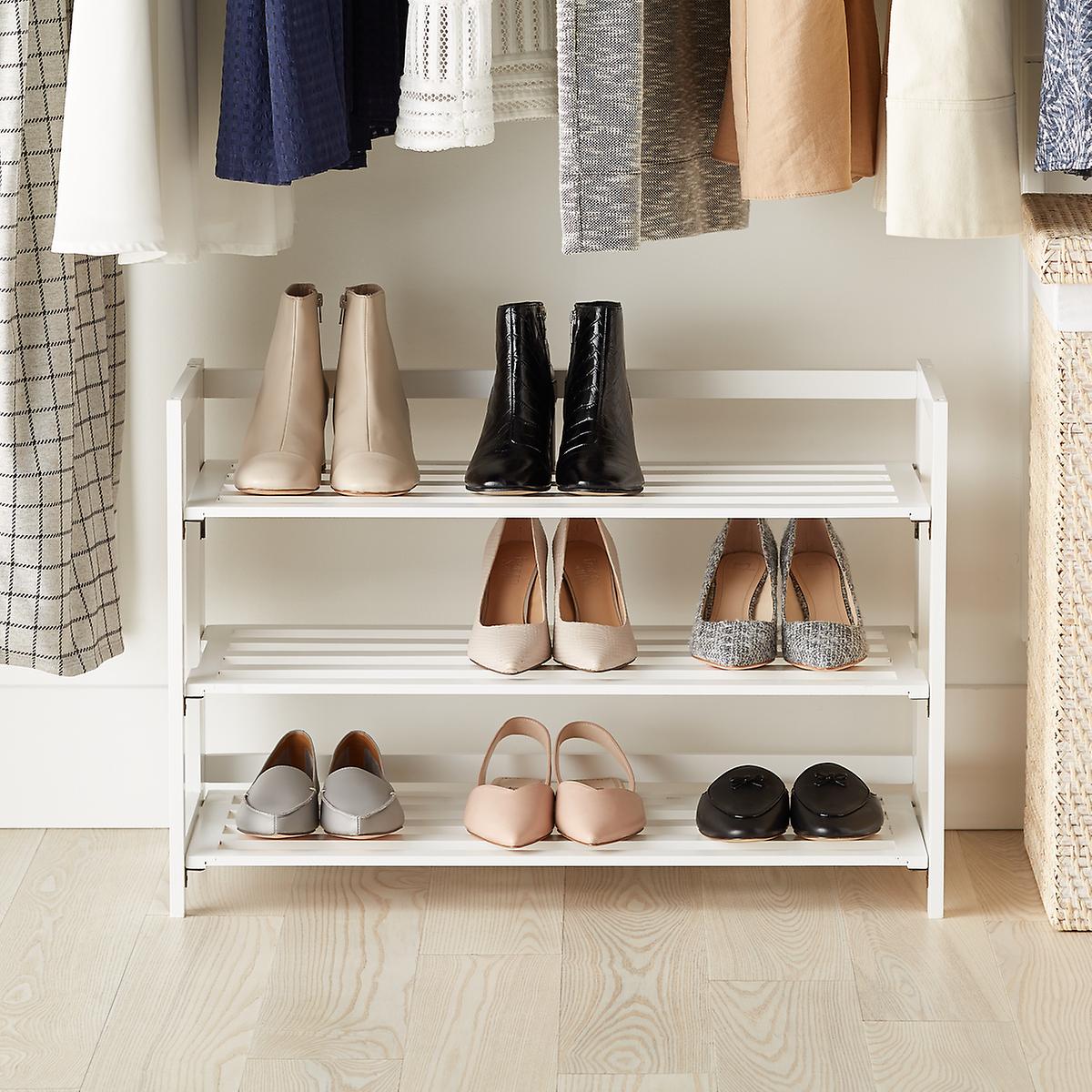

Articles
How To Store Shoes In Small Closet
Modified: October 20, 2024
Discover the best ways to store your shoes in a small closet with our helpful articles. Maximize space and keep your footwear organized efficiently.
(Many of the links in this article redirect to a specific reviewed product. Your purchase of these products through affiliate links helps to generate commission for Storables.com, at no extra cost. Learn more)
Introduction
Welcome to our guide on how to store shoes in a small closet! If you’re struggling to find space for your growing shoe collection, don’t worry – you’re not alone. Many people face the challenge of organizing their shoes in a limited closet area. However, with a little creativity and strategic planning, you can make the most out of your tight space and keep your shoes organized and easily accessible.
In this article, we will provide you with practical tips and solutions to optimize your small closet space for shoe storage. From sorting and decluttering to utilizing vertical space and maximizing floor space, you’ll learn how to make the most out of every inch available in your closet. Whether you have limited shelving, hanging space, or floor area, we have ideas that will help you find a suitable storage solution for your shoe collection.
Before we dive into the practical tips, let us remind you of the importance of organizing your shoes. Proper shoe storage not only keeps your closet neat and tidy, but it also helps prolong the lifespan of your shoes. By storing them correctly, you can prevent damage such as scuffing, bending, or warping. Additionally, organized storage makes it easier to find the pair you want to wear, saving you precious time in your daily routine.
So, if you’re ready to transform your small closet into a stylish and efficient shoe storage space, let’s get started. Assess your closet space, declutter your shoe collection, and discover the various storage options available to you. Whether you prefer shoe racks, cubbies, over-the-door organizers, or a combination of storage solutions, we’ll guide you through the process step by step. Get ready to maximize your space and showcase your shoe collection in a way that is both practical and visually appealing.
Remember, organizing your shoes should be a fun and rewarding experience. So put on your favorite pair of shoes, grab a cup of coffee, and let’s dive into the world of shoe storage!
Key Takeaways:
- Maximize your small closet space by utilizing vertical storage options such as floating shelves, over-the-door organizers, and DIY tension rods. This allows for efficient organization and easy access to your shoe collection.
- Organize your shoes by season or occasion to streamline your closet and simplify the process of finding the perfect pair for any event. Utilize under-bed storage and floor-standing racks to make the most of your limited space.
Read more: How To Store Boots In Small Closet
Assessing Your Closet Space
Before you start organizing your shoes in a small closet, it’s important to assess the available space. Take a good look at your closet and consider its dimensions, layout, and any obstacles that might hinder your storage plans.
Start by measuring the width, height, and depth of your closet. This information will be crucial in determining the type and size of shoe storage solutions that will fit in your space. Consider any existing shelves, rods, or hooks that are already installed in your closet and take note of their dimensions and positions.
Next, evaluate the overall layout of your closet. Are there any areas that are underutilized, such as empty corners or walls? Identifying these spaces can help you come up with creative storage ideas to make the most out of every inch.
Think about the accessibility and visibility of your shoes. You want to be able to easily see and retrieve your shoes without having to dig through piles or move multiple pairs. Consider the height of the shelves or hanging rods and ensure they are at a comfortable level for you to reach your shoes effortlessly.
Once you have assessed your closet space, it’s time to decide on your storage goals and priorities. Are you looking to maximize space efficiency, showcase your shoe collection, or simply keep your shoes organized and easily accessible? Understanding your storage needs will help you select the most suitable solutions for your small closet.
Lastly, don’t forget to consider any specific requirements or preferences you may have. For example, if you have a significant number of high-heeled shoes, you’ll need storage options that provide adequate height and stability. If you prefer to keep your shoes protected from dust or other elements, you might opt for storage containers or clear shoe boxes.
Take the time to evaluate your closet space thoroughly. This initial assessment will provide you with a clear understanding of the limitations and opportunities in your small closet. With this knowledge in hand, you’ll be ready to move on to the next step: sorting and decluttering your shoe collection.
Sorting and Decluttering
Once you have assessed your closet space, it’s time to tackle the task of sorting and decluttering your shoe collection. Clearing out any unnecessary or unused shoes will not only make organizing easier but also create more space for the shoes you love and wear regularly.
Start by removing all of your shoes from the closet and laying them out in a designated space. This will allow you to see your entire collection and make decisions about which pairs to keep, donate, or discard.
As you sort through your shoes, ask yourself the following questions:
- Do I still wear these shoes?
- Are they in good condition?
- Do they fit properly?
- Do they match my current style?
Be honest with yourself and try not to hold onto shoes for sentimental reasons or the hope that you’ll wear them someday. By only keeping shoes that you truly love and wear, you’ll minimize clutter and make it easier to find the pairs you need.
Consider organizing your shoes into categories to help you make decisions. You can group them by type (sneakers, heels, flats), occasion (casual, athletic, formal), or season (summer, winter). This will not only make the sorting process more manageable but also assist you in planning your storage options later on.
Once you’ve sorted your shoes, it’s time to dispose of the pairs you no longer want or need. If the shoes are still in good condition, consider donating them to a local charity or a shoe drive. This allows someone else to benefit from your gently used shoes while reducing landfill waste.
If any shoes are damaged beyond repair or completely worn out, it’s best to toss them in the trash. Remember to dispose of shoes responsibly by placing them in a garbage bag or container to prevent them from cluttering up a landfill.
By decluttering your shoe collection, you’ll be left with a curated selection of shoes that you truly love and wear. This decluttering process not only clears up physical space but also brings a sense of satisfaction and renewal. With your remaining shoes ready for storage, it’s time to move on to the next section: utilizing vertical space.
Utilizing Vertical Space
When it comes to organizing shoes in a small closet, utilizing vertical space is a game-changer. By taking advantage of the height of your closet, you can maximize storage capacity and create a visually appealing display of your shoe collection.
One effective way to utilize vertical space is by installing floating shelves or adjustable shelving units. These shelves can be positioned at various heights to accommodate different shoe sizes and types. Use these shelves to display your shoes, with each pair placed side by side to optimize space. Consider organizing them by category, season, or color for an aesthetically pleasing look.
If your closet has a hanging space, you can also make use of hanging shoe organizers. These are typically made of fabric or clear plastic and feature multiple compartments for shoes. Simply hang them from the closet rod and place your shoes in each compartment. This not only saves floor space but also keeps your shoes visible and easily accessible.
Another vertical storage solution is utilizing shoe boxes or clear plastic bins. Stackable shoe boxes help keep your shoes protected and organized. Label each box with the shoe type or occasion to easily locate the pair you need. Clear plastic bins are also a great option as they allow you to see the shoes inside without having to open the containers.
If you prefer a more DIY approach, consider using tension rods to create shoe storage. Install the rods vertically along one side of your closet and place your shoes between the rods. This method allows you to adjust the spacing between the rods based on the size of your shoes.
If you have floor space available, you can also consider investing in shoe racks or shoe cubbies. These storage solutions typically have multiple tiers or compartments to hold your shoes. Look for narrow and vertical options that can be placed against a wall or in a corner to optimize space.
Remember, when utilizing vertical space, it’s important to ensure stability and weight distribution. Make sure that the shelves or racks are securely anchored to the wall or can stand independently without toppling over. Distribute the weight of your shoes evenly across the storage units to avoid overloading and potential collapses.
By making the most of the vertical space in your small closet, you can create a visually pleasing and efficient shoe storage system. Display your favorite pairs, keep them easily accessible, and make the most out of every inch available.
Using Over-the-Door Organizers
When space is limited in your small closet, one excellent solution for shoe storage is utilizing over-the-door organizers. These versatile organizers allow you to maximize storage space without occupying any additional floor or shelving area.
Over-the-door shoe organizers typically consist of a fabric or plastic holder with multiple pockets or compartments. They are designed to hang over the back of a door, utilizing the vertical space that is often left unused.
To use an over-the-door organizer for your shoes, simply hang it over the back of your closet door. The pockets or compartments can then be used to store and organize your shoes. You can assign each pocket to a different pair of shoes, making it easy to locate the specific pair you want to wear.
Over-the-door organizers work well for a variety of shoe types, including flats, sandals, and sneakers. However, for larger or bulkier shoes like boots or high heels, you may need to use two pockets or compartments to accommodate a single pair.
In addition to shoes, over-the-door organizers are also great for storing other accessories such as socks, belts, or scarves. They provide a convenient and organized way to keep all your items accessible and clutter-free.
When selecting an over-the-door organizer, consider the size and number of pockets or compartments. Choose one that fits the dimensions of your closet door and has sufficient space for your shoe collection. Also, make sure that the organizer is sturdy and made from durable materials to withstand the weight of your shoes.
Another advantage of over-the-door shoe organizers is portability. If you decide to rearrange your closet or move to a new location, you can easily remove the organizer from the door and take it with you. This versatility makes over-the-door organizers a flexible and convenient choice for organizing your shoes.
Remember to regularly clean and maintain your over-the-door organizer to prevent dust or dirt buildup. If it is made of fabric, you can easily remove it and toss it in the washing machine for a quick refresh. For plastic organizers, wipe them down with a damp cloth or sponge.
By utilizing over-the-door organizers, you can free up valuable space in your small closet while keeping your shoes neat, organized, and easily accessible.
Read more: How To Store Boots In Closet
Using Shoe Racks and Cubbies
When it comes to storing shoes in a small closet, shoe racks and cubbies are popular and practical solutions. These storage options provide designated spaces for your shoes, keeping them organized and easily accessible.
Shoe racks are typically made of metal, wood, or plastic and come in various sizes and configurations. They consist of multiple tiers or shelves where you can place your shoes. Shoe racks are an excellent choice if you want a straightforward and efficient way to store your shoes.
When selecting a shoe rack, consider the available space in your closet. Opt for a rack that fits the dimensions of your closet and can accommodate the number of shoes you have. Look for slim or narrow shoe racks that can be placed against a wall or in a corner to maximize space.
For smaller shoe collections, a single-tier shoe rack can be sufficient. However, if you have a larger collection, consider investing in a multi-tier shoe rack to maximize vertical storage space. Make sure the tiers are sturdy and can hold the weight of your shoes without bending or collapsing.
If you prefer a more compartmentalized approach, shoe cubbies might be the right choice for you. Cubbies are individual cubicles or compartments where you can place your shoes. They provide a separate space for each pair, keeping them organized and preventing them from getting mixed up.
Cubbies are available in various sizes and can be stackable or freestanding. They are usually made of wood or plastic and offer a stylish way to showcase your shoes. You can choose to go for a modular design, allowing you to customize the layout and number of cubbies based on your needs.
When using shoe racks or cubbies, it’s a good idea to organize your shoes based on categories, seasons, or occasions. This will make it easier to find the pair you’re looking for without having to search through all your shoes.
Consider labeling the shelves or cubbies to indicate the type of shoes stored in each section. This way, you can quickly locate the shoes you need and maintain an organized closet.
One advantage of using shoe racks or cubbies is that they can be easily rearranged or reconfigured as your shoe collection grows or changes. You can add or remove shelves, adjust the spacing, or even combine different storage options to fit your needs.
Remember to regularly clean and maintain your shoe racks or cubbies. Dust or wipe them down to prevent dirt or debris buildup. If necessary, you can also use shoe fresheners or deodorizers to keep your shoes smelling fresh.
By utilizing shoe racks and cubbies, you can create a tidy and efficient shoe storage system in your small closet. Say goodbye to cluttered floors and piles of shoes, and enjoy the convenience of easily finding and accessing your favorite pairs.
Use a hanging shoe organizer to maximize vertical space. Store seasonal shoes in clear plastic bins and label them for easy access. Consider using an over-the-door shoe rack for additional storage.
Utilizing Wall Space
When it comes to maximizing storage space in a small closet, don’t forget about the walls! Utilizing the vertical wall space can provide you with additional storage options for your shoes and help make the most out of your limited closet area.
One effective way to utilize wall space is by installing wall-mounted shoe racks or shelves. These can be attached directly to the wall, either horizontally or vertically, depending on your preference and the available space. Wall-mounted racks or shelves not only save valuable floor space but also provide a visually appealing display for your shoe collection.
Consider installing wall-mounted shoe racks that have multiple tiers or shelves. This will allow you to neatly arrange your shoes and make the most out of the available wall space. You can organize your shoes by category, color, or season for easy retrieval and a visually pleasing presentation.
If you prefer a more DIY option, you can create your own wall-mounted shoe storage by using brackets and individual shelves. This allows you to customize the size and arrangement of the shelves based on your shoe collection and available wall space.
In addition to shoe racks and shelves, utilizing wall-mounted hooks can also be an effective way to store your shoes. Attach hooks to the wall at regular intervals, making sure they are strong enough to hold the weight of your shoes. You can hang your shoes by their laces or straps, creating a unique and space-saving storage solution.
If you’re concerned about the visibility of your shoes or prefer a more streamlined look, consider using wall-mounted shoe cabinets or enclosed shoe organizers. These cabinets typically have multiple compartments or drawers where you can store your shoes. The advantage of these organizers is that they keep your shoes hidden from view and protect them from dust or other elements.
When utilizing wall space, remember to take into account the overall aesthetics of your closet. Choose racks, shelves, or cabinets that complement the style of your closet and enhance the overall look and feel of the space. Consider incorporating decorative elements or hooks to add a touch of style and personalization.
Keep in mind that utilizing wall space for shoe storage requires proper installation and proper weight distribution. Ensure that the racks, shelves, or hooks are securely mounted to the wall and can support the weight of your shoes. Always follow the manufacturer’s instructions and use appropriate hardware to prevent any accidents or damage.
By utilizing wall space in your small closet, you can free up valuable floor and shelf space while creating a visually appealing and organized shoe storage area. Say goodbye to cluttered floors and countertops and hello to a stylish and efficient shoe storage solution.
Storing Shoes in Boxes
Storing shoes in boxes is a practical and space-saving solution, especially for those with a limited closet area. Not only does it help keep your shoes organized and protected, but it also allows for easy stackability and efficient use of storage space.
When storing shoes in boxes, it’s important to choose the right type of boxes or containers. Opt for sturdy and durable boxes that can withstand the weight of your shoes without collapsing or getting damaged. You can use shoe-specific boxes or repurpose other sturdy boxes, such as clear plastic containers or cardboard boxes.
If you choose to go with shoe-specific boxes, look for ones that are transparent or have a clear panel. This allows you to easily see the contents of each box without having to open it. Transparent boxes also provide a visually pleasing display and make it easier to locate specific pairs of shoes.
Before placing your shoes in the boxes, make sure they are clean and dry. Wipe off any dirt or dust and allow them to air out if necessary. This helps prevent any odor or moisture buildup inside the boxes.
When placing the shoes in the boxes, stuff them with tissue paper or shoe inserts to help maintain their shape. This is especially important for delicate or structured shoes like heels or boots. It also helps absorb any excess moisture and keeps your shoes in good condition.
Consider organizing your shoes by category, season, or color when storing them in boxes. This makes it easier to locate specific pairs and helps you maintain an organized system. You can label the boxes or use clear identification tags to quickly identify the contents of each box.
Another option is to take photos of each pair of shoes and attach them to the outside of the box. This visual reference makes it even easier to find the shoes you’re looking for without having to open every box.
When stacking the shoe boxes, ensure they are stable and secure. Place the heavier boxes at the bottom and stack the lighter ones on top. If you have limited vertical space, you can also consider placing the boxes horizontally on shelves or under the bed.
In addition to saving space, storing shoes in boxes helps protect them from dust, sunlight, and potential damage. It also prevents them from getting scuffed or tangled with other shoes. By keeping your shoes in boxes, you can extend their lifespan and maintain their appearance.
Remember to store your shoe boxes in a clean and dry environment to prevent any mold, mildew, or odor buildup. If necessary, use moisture-absorbing products or silica gel packets to keep the moisture levels in check.
By storing shoes in boxes, you can keep your closet organized and make the most out of your small space. Say goodbye to cluttered shelves and hello to a neat and efficient shoe storage system.
Organizing Shoes by Season or Occasion
Organizing your shoes by season or occasion is a practical and efficient way to maintain an organized and clutter-free closet. By grouping your shoes based on their specific use, you can easily find the right pair for the right season or occasion, saving you time and effort.
One approach to organizing shoes is by season. Divide your shoes into categories such as summer, fall, winter, and spring. This allows you to rotate your shoes based on the current season, keeping the appropriate pairs easily accessible while reducing clutter.
During the summer months, store your winter boots, heavy-duty sneakers, and other cold weather shoes in a separate section or box. This frees up space for your sandals, flip-flops, and lightweight shoes that are more suitable for warm weather. When the seasons change, simply switch out the shoes accordingly.
Organizing shoes by occasion is another efficient method. Categorize your shoes by their purpose, such as casual, athletic, work, or formal. This helps you quickly locate the right pair for a specific event or activity and ensures you have the appropriate footwear for various occasions.
Separate your athletic shoes, sneakers, or running shoes into a designated area for your workouts or sports activities. Keep your more formal shoes like dress shoes, heels, or loafers in a separate section for special events or professional settings.
Using clear storage boxes or transparent shoe bags can be helpful when organizing shoes by season or occasion. This way, you can easily see the contents of each box or bag without having to open them, allowing for quick and efficient shoe selection.
Labeling the storage boxes or bags with the season or occasion can further enhance the organization process. This helps you visually identify the contents and find the appropriate pair of shoes without rummaging through multiple containers.
When organizing your shoes, it’s essential to consider the available space in your closet. If you have limited shelf or floor space, you can utilize other storage options such as under-bed storage containers or hanging shoe organizers. These allow you to store out-of-season or less frequently used shoes in separate compartments, freeing up valuable closet space.
Don’t forget to regularly assess and update your shoe collection. As seasons change and your style evolves, you may find it necessary to purge or add different shoes to your collection. This helps keep your shoe storage system up-to-date and prevents overcrowding in your closet.
By organizing your shoes by season or occasion, you can streamline your closet and simplify the process of finding the perfect pair for any occasion. Say goodbye to searching through endless shoes and hello to a neatly organized and efficient storage system.
Read more: How To Store Knee High Boots
Maximizing Floor Space
When dealing with a small closet, maximizing floor space is crucial to create an efficient and well-organized shoe storage system. By utilizing the available floor area, you can optimize the storage capacity and make the most out of your limited closet space.
One effective way to maximize floor space is by using shoe racks or shelves specifically designed to sit on the floor. These racks or shelves come in various sizes and configurations, allowing you to stack and organize your shoes vertically. Look for space-saving options that have multiple tiers or shelves to maximize storage capacity.
If you have a narrow or awkward corner in your closet, consider installing a corner shoe rack or utilizing a corner shelving unit. These specialized storage solutions can efficiently utilize the often-underutilized corners and provide additional shoe storage space without taking up much room.
Using shoe cubbies or modular cube storage systems is another effective method to maximize floor space. These cubbies allow you to place your shoes in individual compartments, providing a neat and organized shoe display. You can stack or arrange the cubes in various configurations to fit your closet’s dimensions and maximize floor space.
Another floor space-saving option is to utilize under-bed storage containers or shoe organizers. These shallow containers can slide easily underneath your bed, keeping your shoes neatly stored and out of sight. Look for clear plastic containers or organizers with compartments to easily identify the shoes inside.
Over-the-door shoe racks, mentioned earlier, can also be used on the back of your closet door to free up floor space. With this type of storage solution, you won’t need to allocate any additional floor space for shoe storage.
Consider using hanging shoe organizers that can be hung directly from the closet rod. These organizers have multiple pockets or compartments where you can store and display your shoes. By hanging them vertically, you can utilize the vertical space and save precious floor space.
If your closet has enough vertical room between the shelves or hanging space, you may even consider installing a pull-out shoe drawer. This type of drawer can be fitted with individual compartments or shoe inserts to hold your shoes in an organized manner. The pull-out mechanism allows easy access to your shoes and keeps them neatly stored when not in use.
Lastly, it’s important to keep the floor area clear of any unnecessary items or clutter. Remove any non-shoe related items that are taking up valuable floor space and create a designated area solely for your shoes. This will help maintain a tidy and organized closet and ensure that your shoes have a dedicated spot.
By maximizing floor space in your small closet, you can efficiently utilize every inch available for shoe storage. Implementing space-saving solutions such as shoe racks, cubbies, under-bed storage, and hanging organizers will help keep your shoes organized, accessible, and neatly displayed.
Maintaining and Cleaning Your Shoes
In addition to organizing your shoes in a small closet, it’s important to maintain and clean them regularly. Not only does this help preserve their appearance and lifespan, but it also ensures that your shoe collection remains in good condition. Here are some tips on how to properly maintain and clean your shoes:
1. Regular Cleaning: Make it a habit to clean your shoes regularly. Use a soft brush or cloth to remove any dirt or debris from the surface. For stubborn stains, you can use a mild detergent or specialized shoe cleaner and a soft brush. Avoid using harsh chemicals or abrasive materials that may damage the material of your shoes.
2. Drying: After cleaning your shoes, make sure to let them dry naturally. Avoid placing them near direct heat sources as this can cause the material to warp or crack. Instead, leave them in a well-ventilated area at room temperature until fully dry.
3. Storage: Proper storage is essential for maintaining the shape and condition of your shoes. Avoid stacking or squishing your shoes, as this can damage their structure. Instead, store them in a way that allows for proper airflow and prevents them from getting crushed. You can use shoe trees or stuff them with tissue paper to help maintain their shape.
4. Weather Protection: Consider applying a weatherproofing spray or treatment to your shoes to protect them from the elements. This is especially important for leather, suede, or fabric shoes. The spray creates a protective barrier that repels water and helps prevent stains. Reapply the spray periodically to maintain the protection.
5. Polishing and Conditioning: For leather shoes, periodic polishing and conditioning are essential to keep them looking their best. Use a high-quality shoe polish or cream that matches the color of your shoes. Apply a small amount with a soft cloth and buff them gently to restore shine and condition the leather. This not only enhances the appearance but also helps prevent cracking or drying out of the leather.
6. Rotation: It’s a good idea to rotate your shoes regularly to allow them to air out and prevent excessive wear. By giving your shoes a break and not wearing them every day, you can help extend their lifespan. This is especially important for athletic shoes and sneakers that absorb moisture during physical activities.
7. Sole Maintenance: Don’t forget to pay attention to the soles of your shoes. Regularly check for wear and tear, and if necessary, have them resoled or repaired by a professional. This will prevent further damage to the shoes and ensure your safety while walking.
8. Special Care for Different Materials: Different materials require different care. Take the time to research or consult the manufacturer’s instructions for specific care tips based on the material of your shoes. For example, suede shoes require specialized brushes and cleaning techniques, whereas canvas shoes can often be machine-washed.
With proper maintenance and cleaning, you can keep your shoes looking and feeling great for a long time. By incorporating these practices into your routine, you’ll not only prolong the life of your shoes but also ensure that your small closet remains organized and clutter-free.
Conclusion
Organizing shoes in a small closet may seem like a daunting task, but with the right strategies and storage solutions, it can be a rewarding project that transforms your closet into an efficient and visually appealing space. By following the tips and techniques outlined in this article, you can make the most out of your limited closet area and keep your shoes neatly organized and easily accessible.
Assessing your closet space and understanding its limitations is the first step in creating an effective shoe storage system. Sorting and decluttering your shoe collection allows you to make space for the shoes you truly love and wear regularly.
Utilizing vertical space through the use of shoe racks, cubbies, over-the-door organizers, or wall-mounted storage options helps maximize storage capacity. By storing shoes in boxes and organizing them by season or occasion, you can easily locate the pair you need while keeping your closet tidy.
Maximizing floor space and maintaining and cleaning your shoes are equally important elements of an organized closet. By utilizing under-bed storage containers, corner shelving units, or floor-standing shoe racks, you can make the most of every inch available.
Remember to regularly clean and maintain your shoes to ensure they remain in good condition. Proper care and storage will help prolong their lifespan and keep them looking their best for years to come.
In conclusion, organizing shoes in a small closet requires thoughtful planning and consideration of the available space. With the tips and techniques provided in this guide, you can create an organized and functional shoe storage system that meets your needs and enhances the overall aesthetic of your closet.
So, put on your favorite pair of shoes, roll up your sleeves, and get ready to transform your small closet into a shoe lover’s paradise!
Ready to turn that cramped closet into a stylish and functional space? If you found our guide on shoe storage useful, you'll definitely want to check out our expert tips on closet design. Discover how even the smallest spaces can shine. And while you're rethinking storage, don't miss our recommendations for the best vertical storage solutions set to revolutionize your organizing game in 2024. These guides are your next steps towards a beautifully organized home!
Frequently Asked Questions about How To Store Shoes In Small Closet
Was this page helpful?
At Storables.com, we guarantee accurate and reliable information. Our content, validated by Expert Board Contributors, is crafted following stringent Editorial Policies. We're committed to providing you with well-researched, expert-backed insights for all your informational needs.
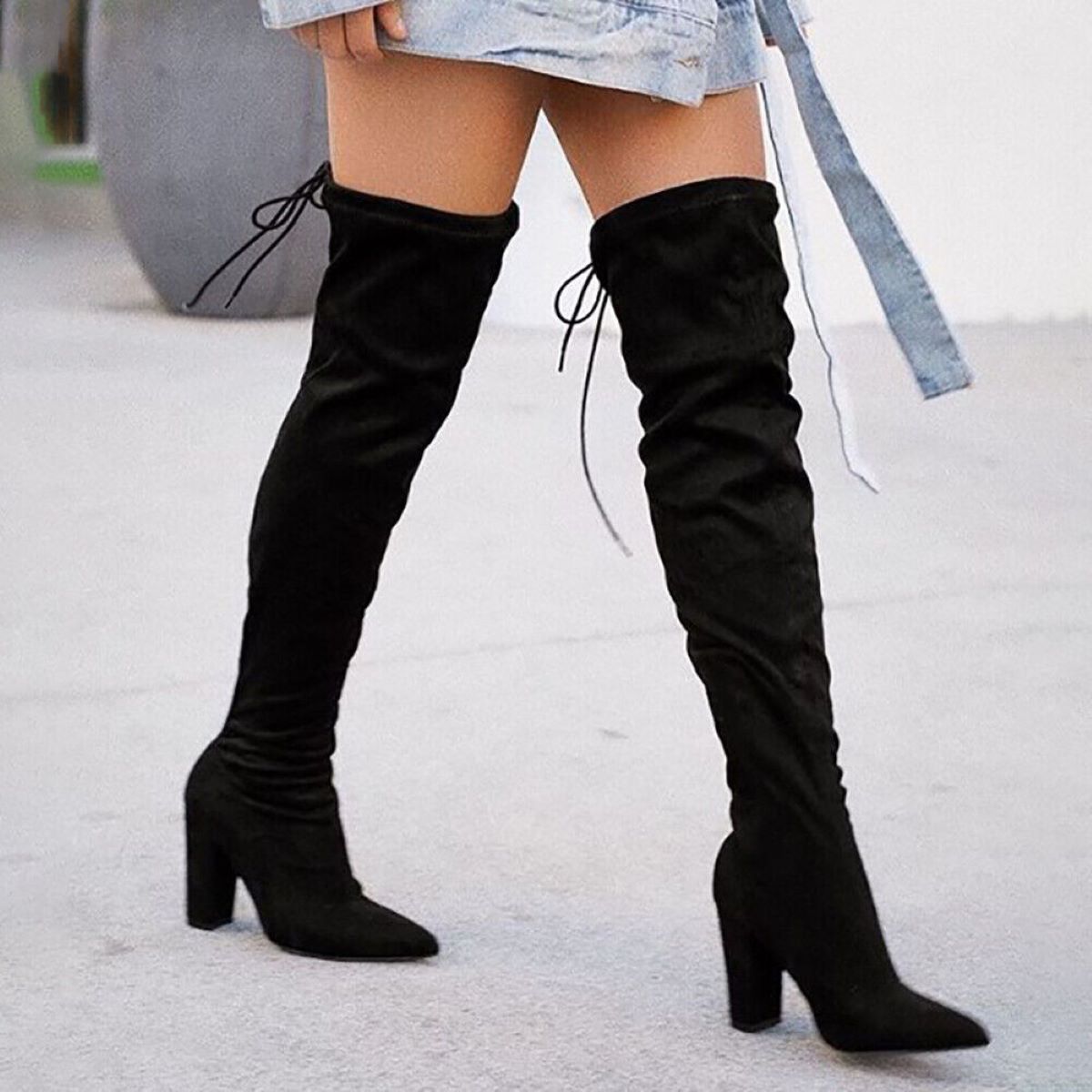
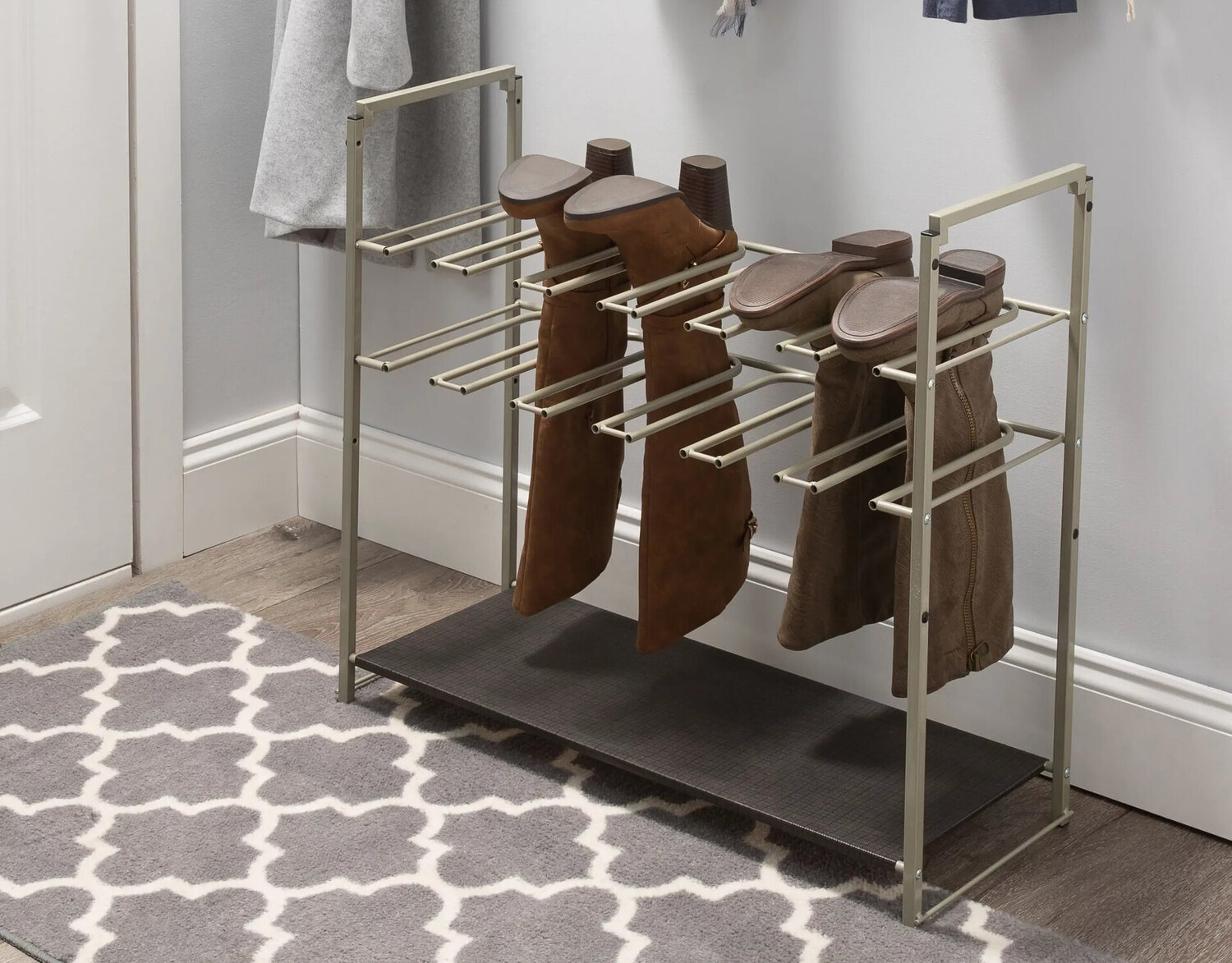
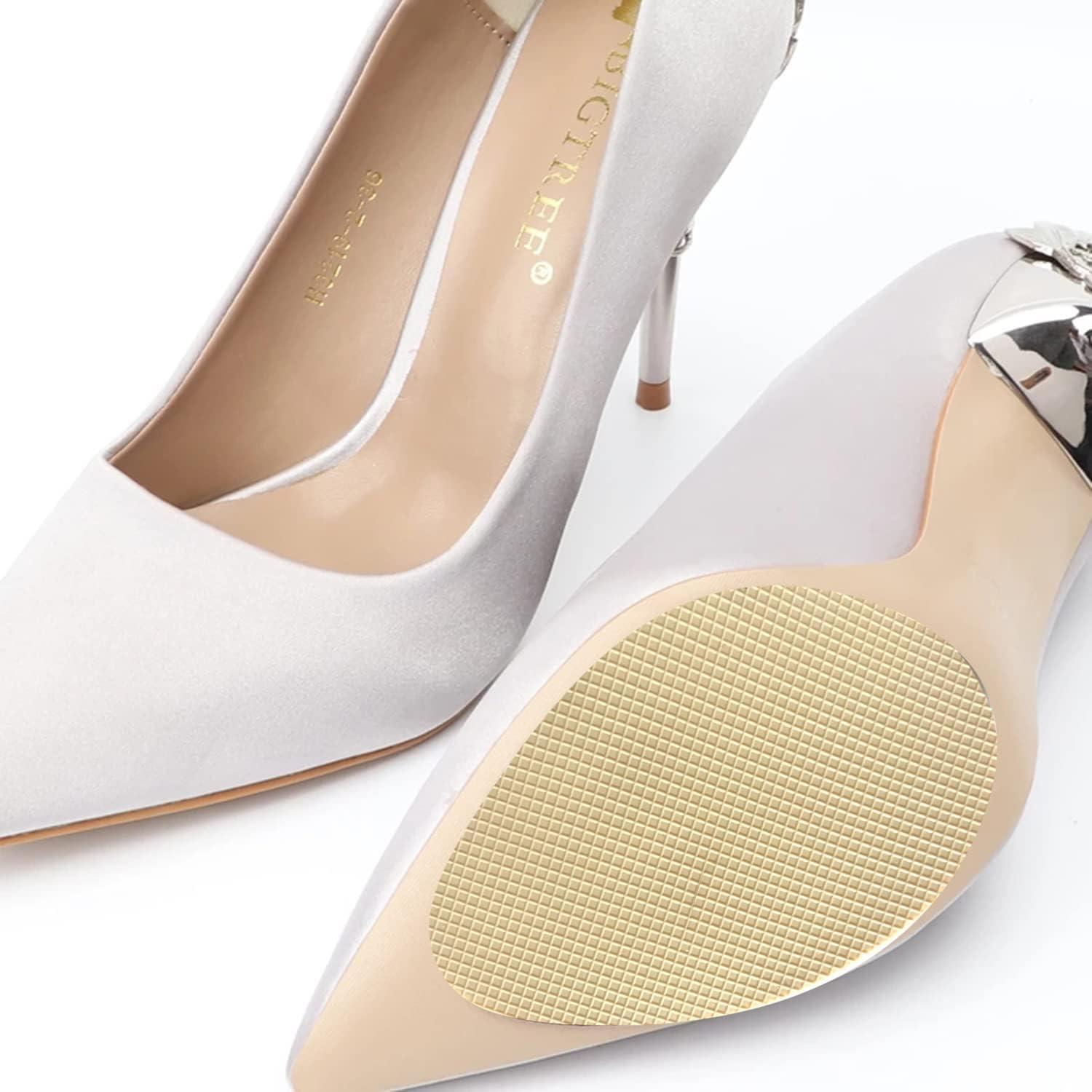
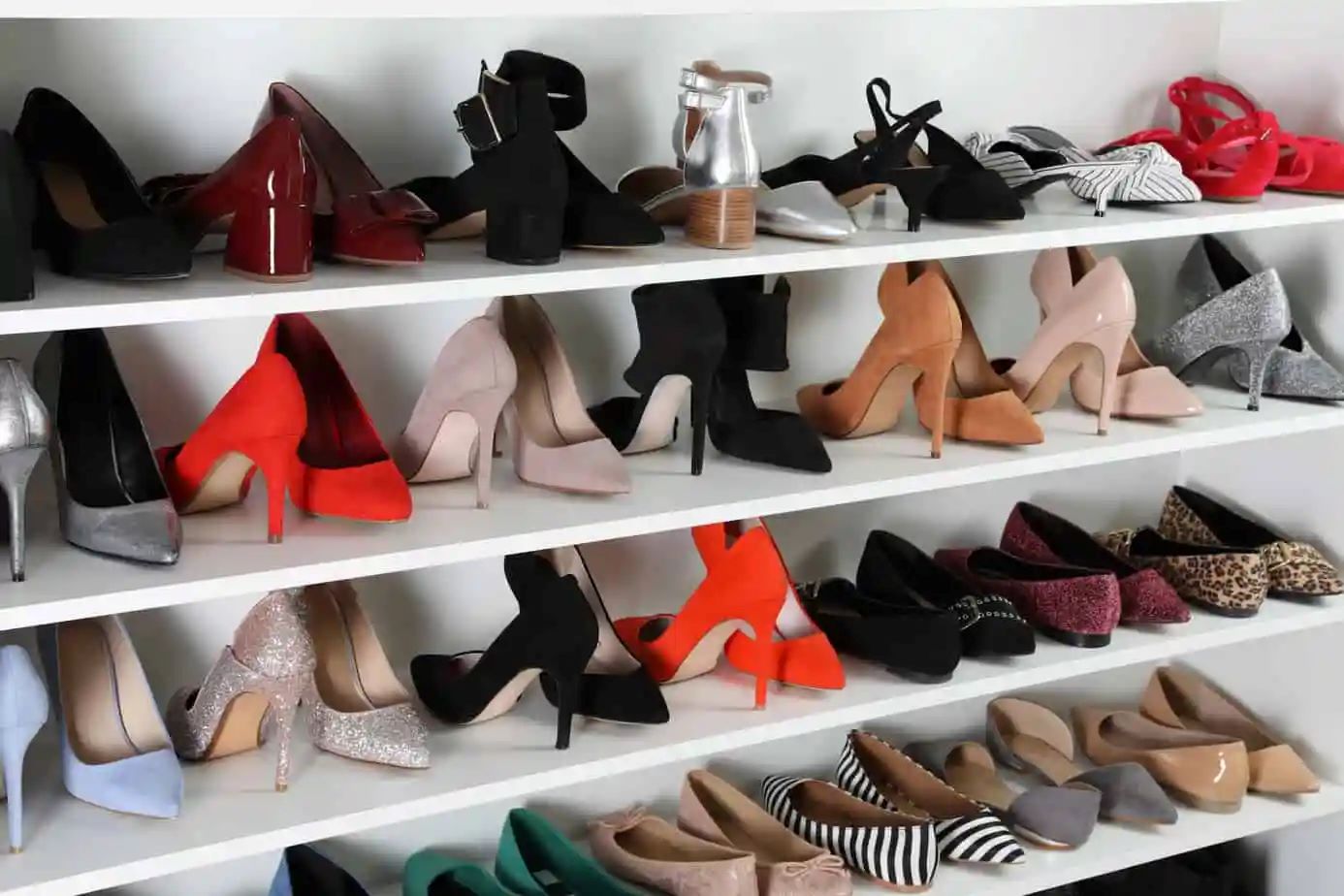
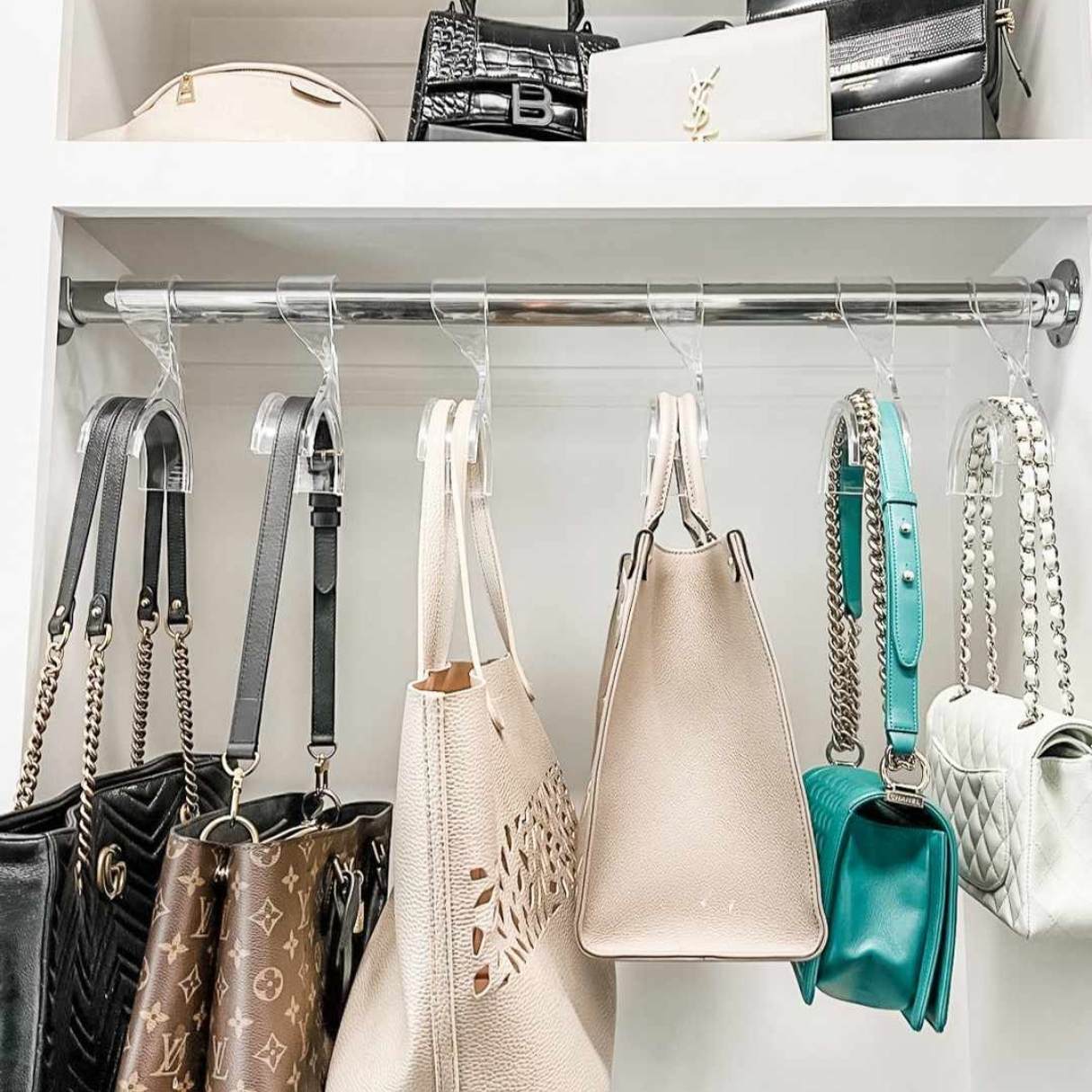
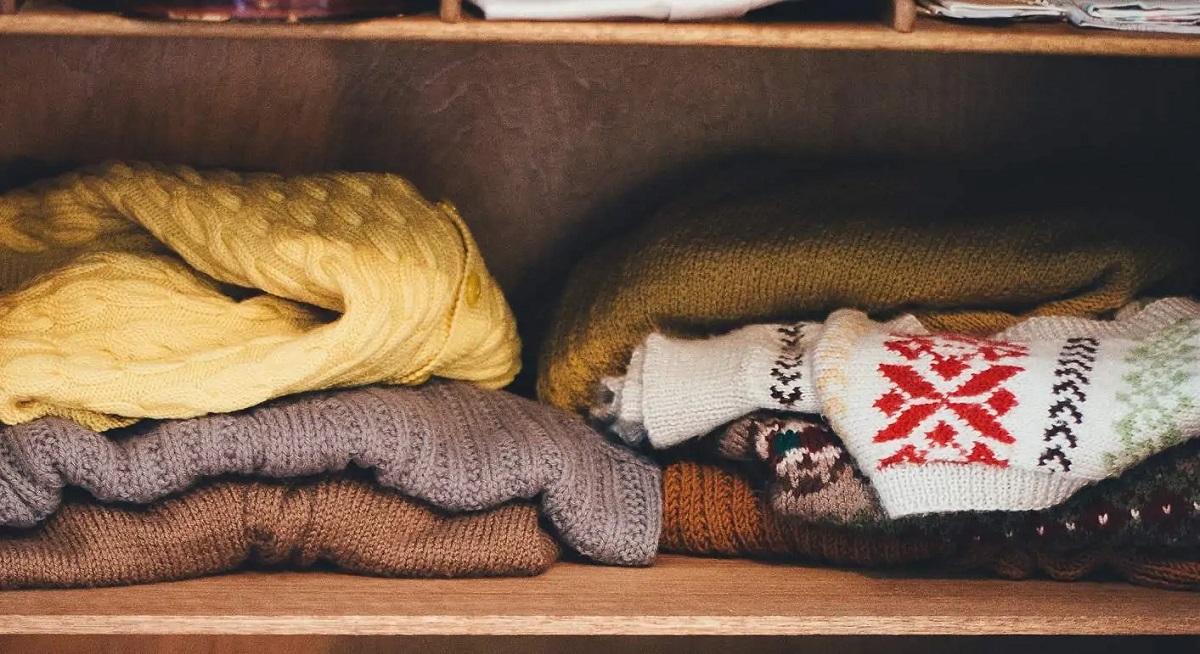
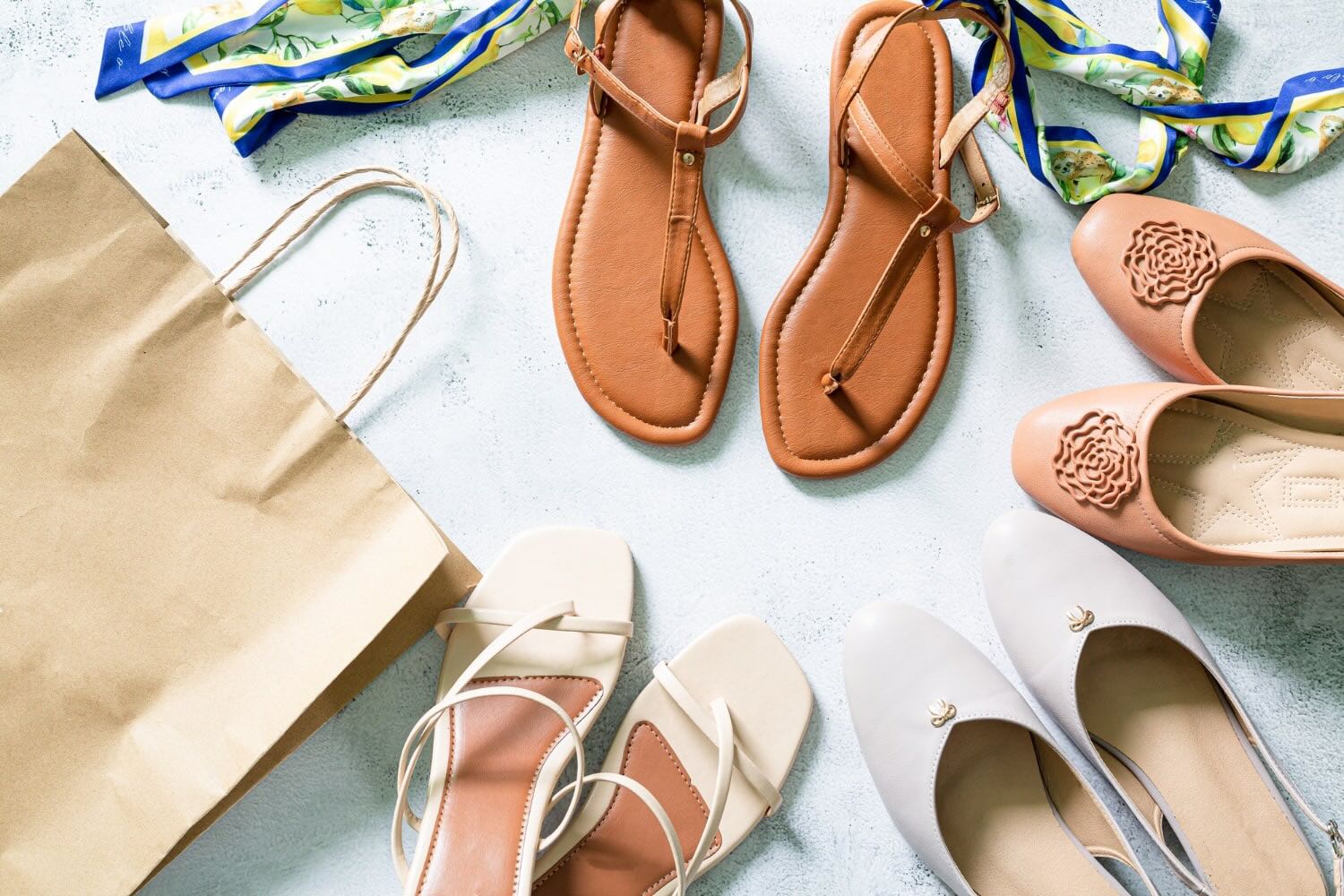
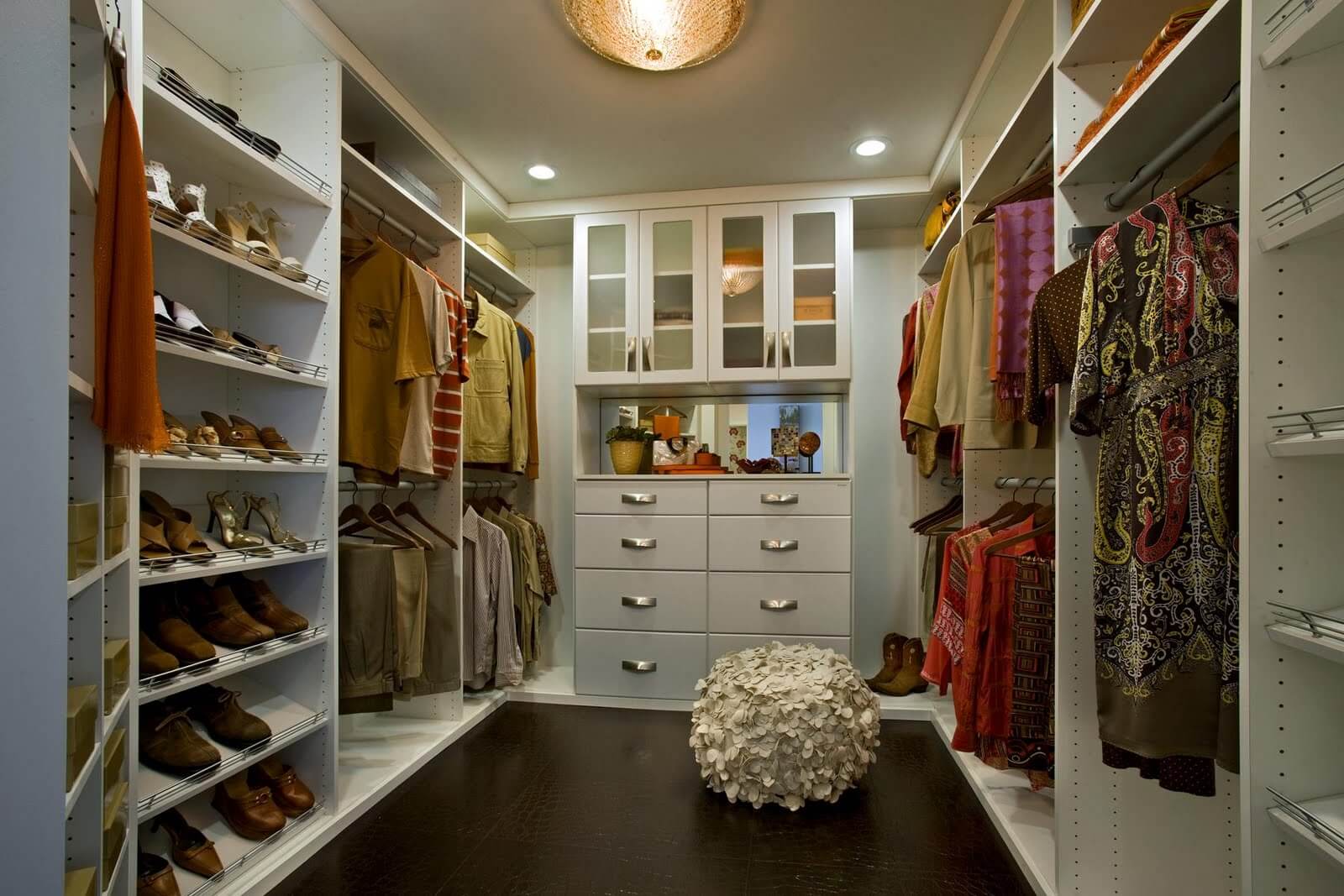
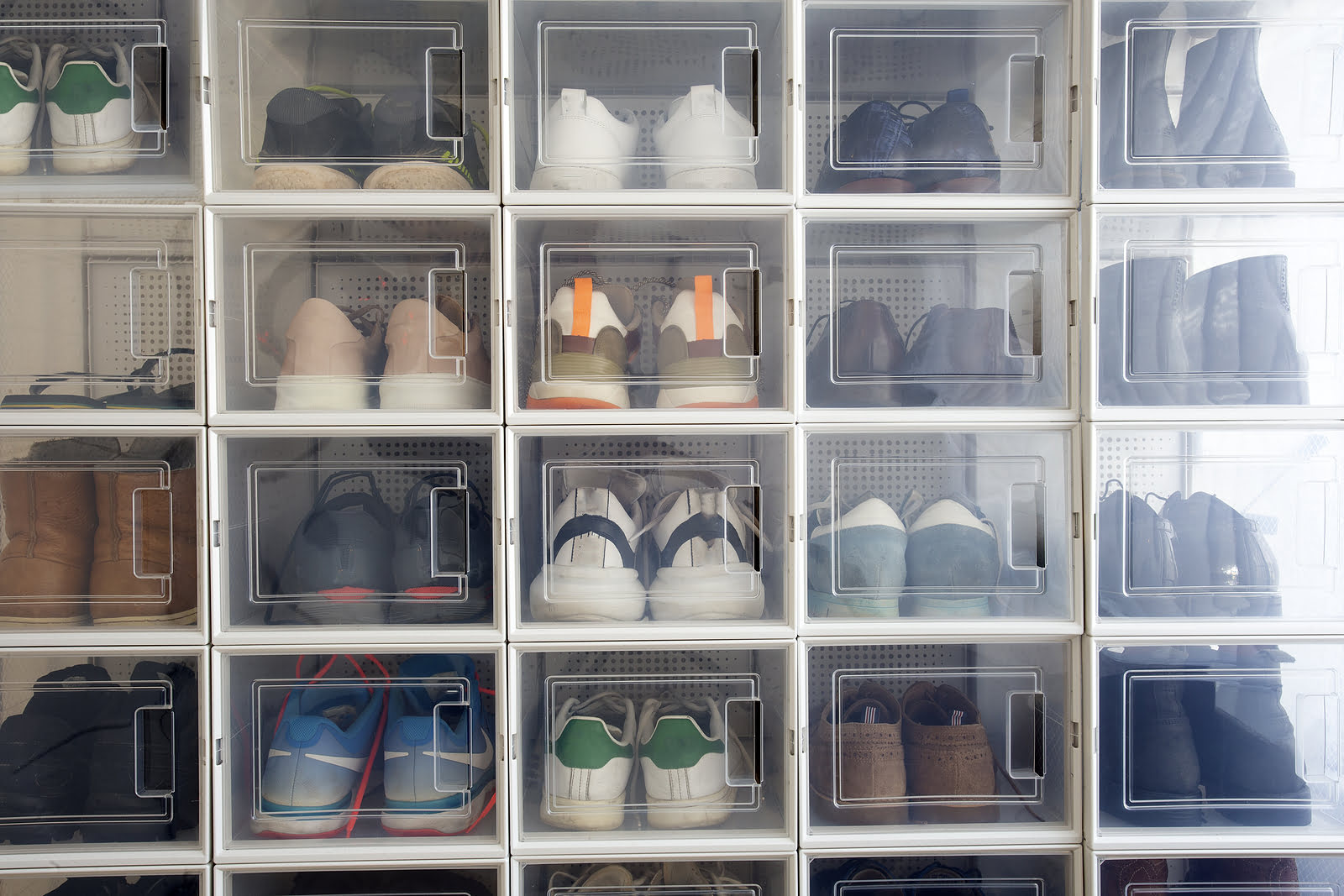
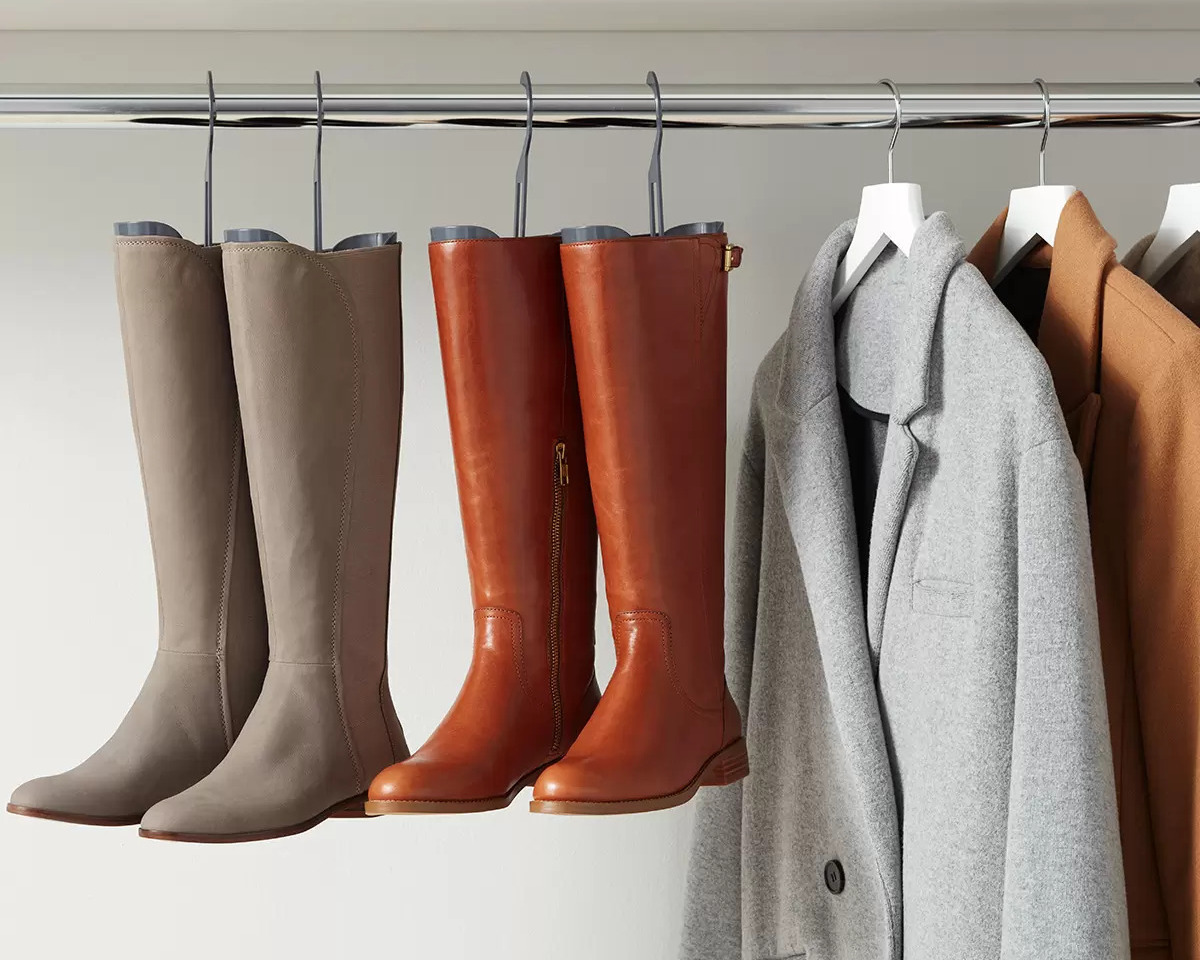
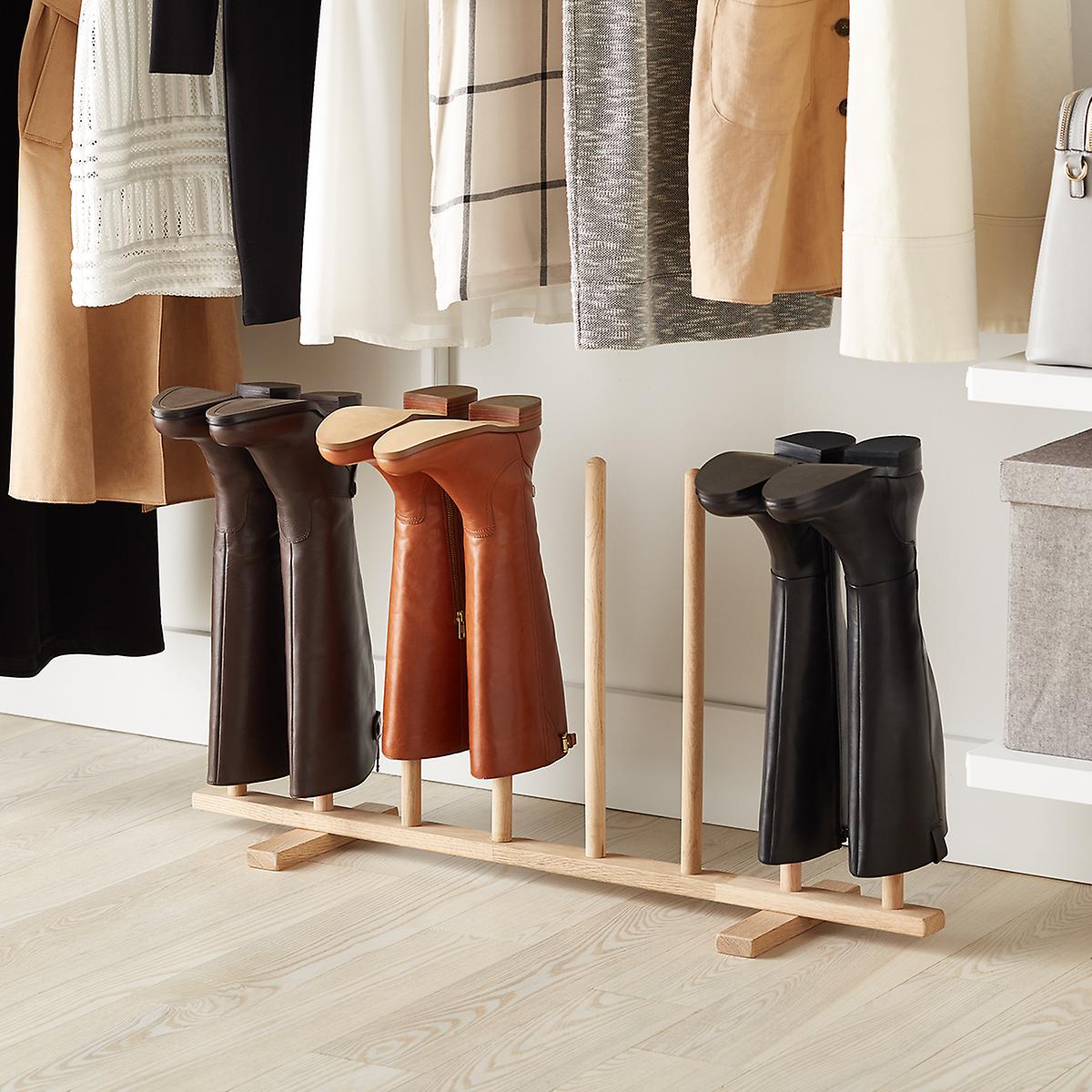
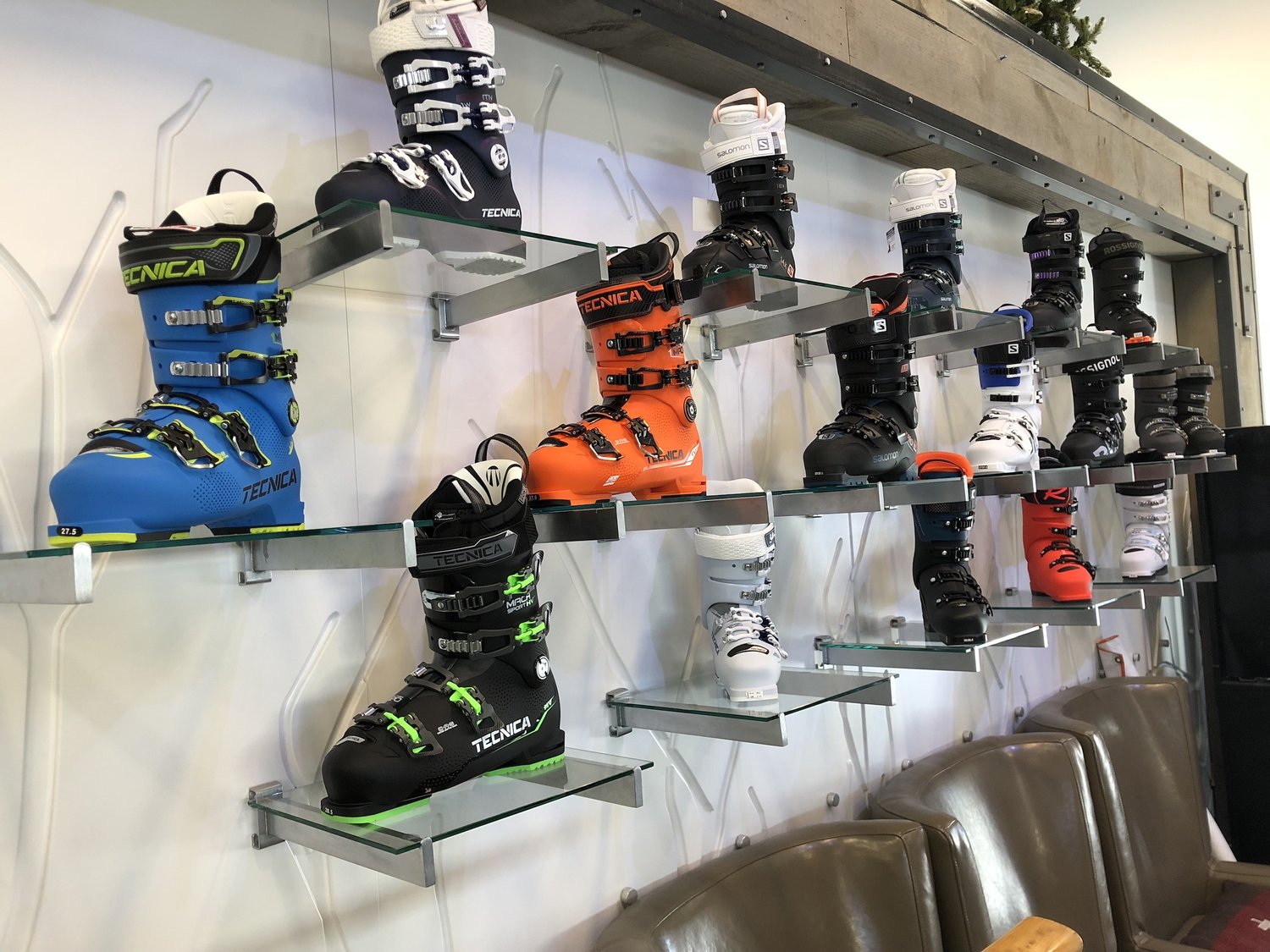
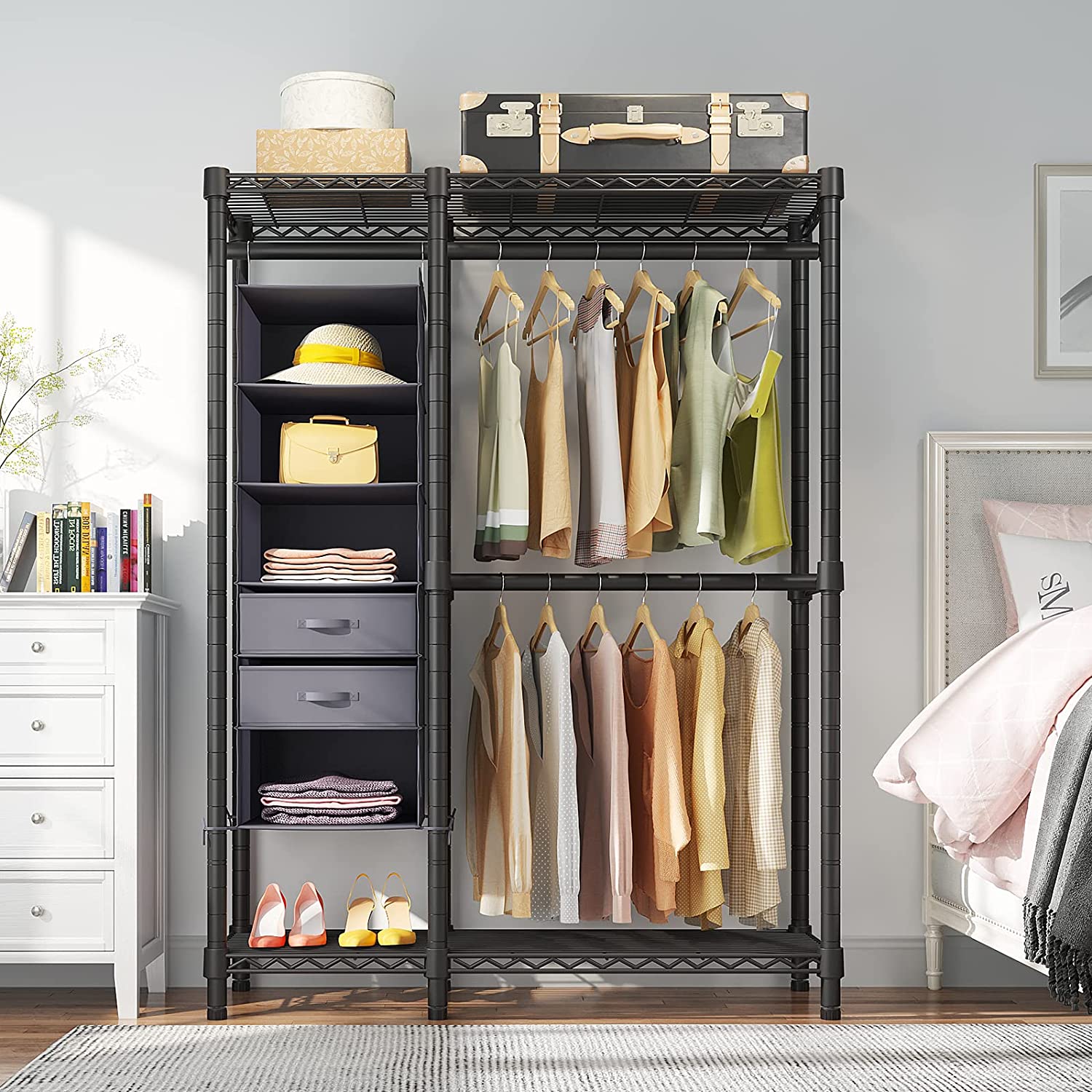

0 thoughts on “How To Store Shoes In Small Closet”